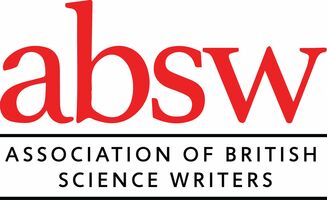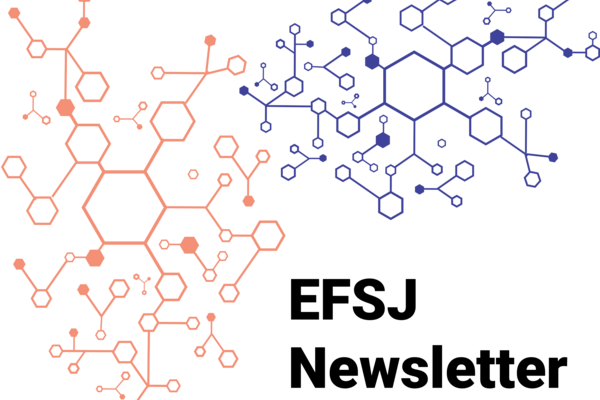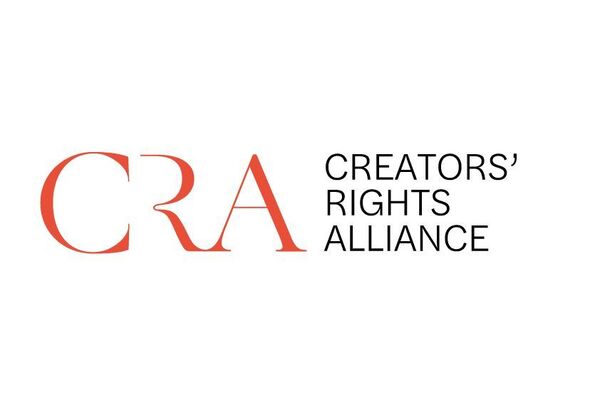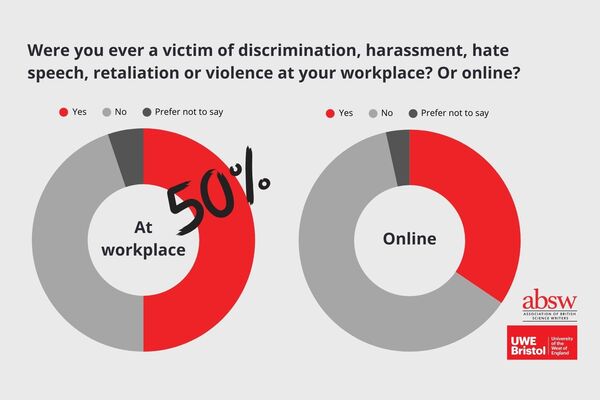Moving from journalism to commercial science writing is commonly referred to as a move to the “dark side”, a switch to a "sullied money-oriented" side of science communication. In this webinar, the ABSW sought to dispel some of the misconceptions around commercial communications by giving two industry writers a platform to share their experience with migrating to and working in the commercial science and health industry.
The panelists were Dara Mohammadi, a former science and health journalist and founder of pointSeven - a strategic medical writing agency, and Kat Arney, founder and Chief Creative Director of First Create the Media - a communications strategy and content agency for the life sciences.
Key takeaways from the webinar.
Is there a misconception about writing commercially?
There is an anxiety that accompanies the switch to the ‘dark side’. Journalists worry they will become puppets who just recite what their high-paying bosses want them to say. However, these commercial organisations are highly regulated organisations that are often carrying out exciting research that greatly advances science. Science communicators who work for the commercial and health industry must always ensure that their work is backed up with peer-reviewed evidence.
“This is a whole world of science that needs great communication,” says Arney. “Just because you are making a decent wage from it does not necessarily mean that it is the ‘dark side’."
“The industry is full of human beings that want to make a difference. [We] just do it in a slightly different way,” says Mohammadi.
How much control do commercial writers have over their clients and content?
There is flexibility in choosing who you work for and the kind of jobs you do. For a start, you can turn down clients whose science is not convincing or whose vision does not align with yours. Arney says she only works with clients who work towards the improvement of global health and well-being.
You should always discuss and agree with the client what can responsibly be shared with the intended audience in order to prevent any misconceptions about new research.
Are there conflicts of interest within the field?
“You don’t often get explicit conflict of interest,” says Arney, “because the clients, most of the time, operate in their different niches, even though they are in similar areas, their goals do not clash”. Mohammadi says you can always choose not to take on clients from similar fields.
What advice would you give on creating a culture of storytelling within commercial communications?
• Find a reason to care about a project
• Read books such as Stan Lee’s How to Write Comics
• Find the human in the story
• Use writing tools to find a story and create a framework for it
What are day rates for freelancers in this field?
Freelance rates depend on the client, projects, and level of experience. For audio editors, the range could be between £200 – 400 a day while medical writers with 10 years of experience could receive about £500 a day.
Can you be a journalist and a commercial science writer?
Mohammadi concluded that he could always go back to journalism and write “honestly and openly while being guided by science", despite his current role in a commercial environment.
ABSW members can watch a recording of the event and view resources provided by our speakers.










